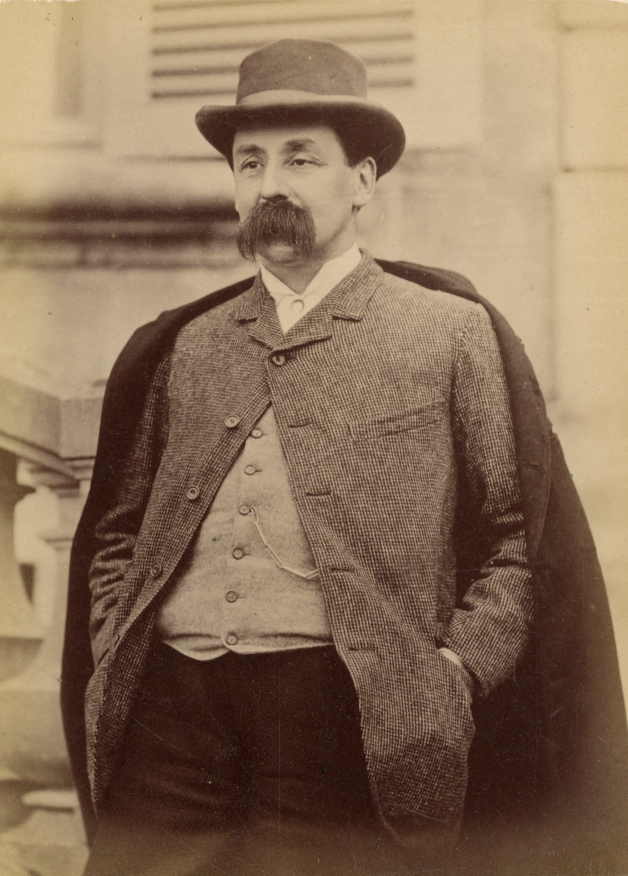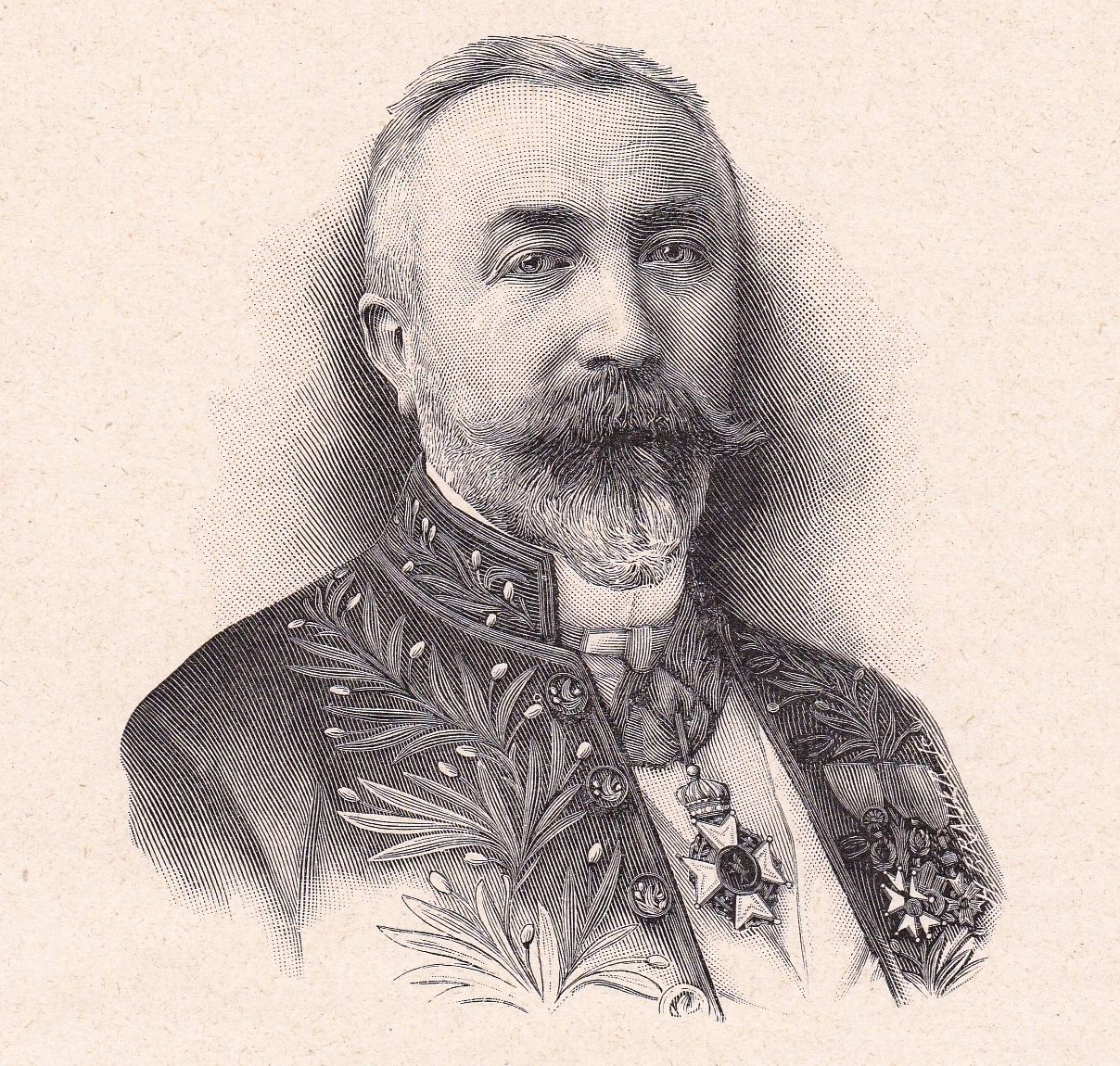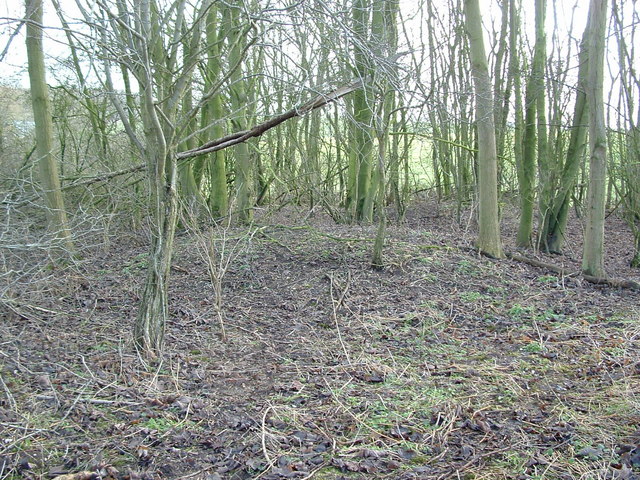|
Medal Of The Royal Numismatic Society
The Medal of the Royal Numismatic Society was first awarded in 1883. It is awarded by the Royal Numismatic Society and is one of the highest markers of recognition given to numismatists. The President and Council award the Medal annually to an "individual highly distinguished for services to Numismatic Science". In recent years the Medallist has been invited to receive the medal in person and to give a lecture, usually at the Society's December Meeting. Sir John Evans gave the dies for the original silver medal to the Society in 1883. The current medal was commissioned from Ian Rank-Broadley in 1993 and is a cast silver medal with the classical theme of Heracles and the Nemean lion. The Society commissioned Robert Elderton to create a new medal in 2020-21 List of Medallists Recipients of the Medal of the Royal Numismatic Society and their lecture titles (where available) are given below. Further details about the individual medallists and their contributions to the field of numi ... [...More Info...] [...Related Items...] OR: [Wikipedia] [Google] [Baidu] |
Royal Numismatic Society
The Royal Numismatic Society (RNS) is a learned society and charity based in London, United Kingdom which promotes research into all branches of numismatics. Its patron was Queen Elizabeth II. Membership Foremost collectors and researchers, both professional and amateur, in the field of numismatics are amongst the fellows of the Society. They must be elected to the Society by the Council. The ''Numismatic Chronicle'' is the annual publication of the Royal Numismatic Society. History The society was founded in 1836 as the Numismatic Society of London and received the title "Royal Numismatic Society" from Edward VII by Royal Charter in 1904. The history of the Society was presented as a series of annual Presidential addresses by R.A. Carson – these were published in the Numismatic Chronicle between 1975 and 1978. The fifth and latest instalment was written to mark the 150th anniversary of the Society in 1986, and the full text was published in 1986 as ''A History of the Royal ... [...More Info...] [...Related Items...] OR: [Wikipedia] [Google] [Baidu] |
Charles Francis Keary
Charles Francis Keary (1848 – 25 October 1917) was an English scholar and historian. His later work as a novelist influenced the modernist writer James Joyce. However, the English novelist George Gissing read four of Keary's works, including three novels, in the first 31 days of 1896, and found the novel ''Herbert Vanlennert'', "a long, conscientious, uninspired book". Early life Charles was born to a Galway Irish family which had settled in the industrial Midlands borough of Stoke-on-Trent. He was the son of William Keary, who in 1874 would become Stoke-on-Trent's first mayor. He was schooled at Marlborough College and took his degree at Trinity College, Cambridge. Specialisms Keary then became fascinated by Scandinavian history and primitive mythology, then a promising new academic field, and wrote a number of scholarly books on such topics: ''The Vikings in Western Christendom'' (1890) stood as a standard work for many decades. He also became expert on Norway and the Norwe ... [...More Info...] [...Related Items...] OR: [Wikipedia] [Google] [Baidu] |
Heinrich Dressel
Heinrich Dressel (June 16, 1845 in Rome – July 17, 1920 in Teisendorf) was a German archaeologist. He studied under Theodor Mommsen in Berlin, and later received his doctorate from the University of Göttingen with the thesis "''De Isidori Originum fontibus''" (1874). In 1878 he became a professor at the German Archaeological Institute in Rome, and in 1898 was appointed director of the ''Münzkabinett'' (numismatic cabinet) in Berlin. He is best known for several books on Latin inscriptions, and he is the discoverer of the Duenos inscription in 1880 on the Quirinal Hill in Rome, one of the earliest known Old Latin texts, variously dated from the 7th to the 5th century BC. Dressel also developed a typology for classifying ancient amphorae, based on his pioneering excavations at Monte Testaccio in Rome. Dressel is also known for his work in numismatics, and was awarded the medal of the Royal Numismatic Society The Medal of the Royal Numismatic Society was first awarded in 1883. It ... [...More Info...] [...Related Items...] OR: [Wikipedia] [Google] [Baidu] |
Barclay V
Barclay may refer to: People * Barclay (surname) * Clan Barclay Places * Barclay, Kansas * Barclay, Maryland, a town in Queen Anne's County * Barclay, Baltimore, Maryland, a neighborhood * Barclay, Nevada, a town in Lincoln County * Barclay, Texas Business * Barclay (record label), a French record label * Barclay (cigarette), an American brand of cigarettes * Barclays, a United Kingdom based bank * Barclay Manufacturing Company (1922–1971), a toy manufacturer * Barclay Mowlem, former Australian construction company * Andrew Barclay Sons & Company, a Scottish locomotive builder * Jack Barclay Bentley, a Bentley dealership * Barclay, a brand of liquor owned by Barton Brands Education * The Barclay School, a secondary school in Stevenage, UK * Barclay College, a college in Haviland, Kansas Other uses * Operation Barclay, a World War II operation * The Barclays, A golf tournament in New York City area See also * Barclayville Barclayville is the capital and most populou ... [...More Info...] [...Related Items...] OR: [Wikipedia] [Google] [Baidu] |
Francesco Gnecchi
Francesco Gnecchi (8 September 1847, Milan – 15 June 1919, Rome) was an Italian painter and numismatist. Biography Born into a wealthy family in the silk trade, the artist initially studied law at the University of Pavia before enlisting as a volunteer in the war against Austria in 1866. He combined painting with the family business until 1878 and continued to sit on the board of directors of major companies in Lombardy even afterwards. A pupil of Mosè Bianchi and Achille Formis, he focused primarily on landscape and drew upon the contemporary work of the school of Lombard Naturalism. His large output of landscapes – mostly featuring Lake Maggiore, the coast of Liguria and the Engadin – reveals a cultured artist abreast of the latest developments. Constant participation in the major Milanese and national exhibitions from 1881 to 1891 also suggests the image of a professional painter. He was also the father of verismo opera composer Vittorio Gnecchi. Friendship with Luigi ... [...More Info...] [...Related Items...] OR: [Wikipedia] [Google] [Baidu] |
Hermann David Weber
Sir Herman David Weber FRCP (30 December 1823 – 11 November 1918) was a German physician who practiced medicine in England. Biography Weber attended Gymnasium in Fulda in 1838, but started his medical studies at Marburg University in 1844, graduating from Bonn in 1848. About 1854, he attended Guy's Hospital in London and became a member of the College of Physicians in England in 1855; he was elected a fellow in 1859. For many years, he served as the house physician (aka resident medical officer) at London's German Hospital. Based on his pioneering work on open-air treatment of consumption, he was knighted by Queen Victoria in 1899. Weber's syndrome is named after him. Weber was an avid coin collector, and assembled a significant collection of Greek coins. He was awarded the medal of the Royal Numismatic Society in 1905. Weber married and had children. His son, Frederick Parkes Weber, was also a physician and coin collector. Another son, Frank Weber, was an officer in the ... [...More Info...] [...Related Items...] OR: [Wikipedia] [Google] [Baidu] |
Victor Emmanuel III Of Italy
Victor Emmanuel III (Vittorio Emanuele Ferdinando Maria Gennaro di Savoia; 11 November 1869 – 28 December 1947) was King of Italy from 29 July 1900 until his abdication on 9 May 1946. He also reigned as Emperor of Ethiopia (1936–1941) and King of the Albanians (1939–1943). During his reign of nearly 46 years, which began after the assassination of his father Umberto I, the Kingdom of Italy became involved in two world wars. His reign also encompassed the birth, rise, and fall of Italian Fascism and its regime. During the First World War, Victor Emmanuel III accepted the resignation of Prime Minister Paolo Boselli and named Vittorio Emanuele Orlando (the ''premier of victory'') in his place. Despite being on the winning side of the First World War, Italy did not get all the territories which had been promised to it in the 1915 Treaty of London; the Treaty of Versailles, ending the war, failed to give Italy its demands for Fiume and Dalmatia. This mutilated victory led ... [...More Info...] [...Related Items...] OR: [Wikipedia] [Google] [Baidu] |
Gustave Schlumberger
Léon Gustave Schlumberger (17 October 1844 – 9 May 1929) was a French historian and numismatist who specialised in the era of the crusades and the Byzantine Empire. His ' (1878–82) is still considered the principal work on the coinage of the crusades. He was awarded the medal of the Royal Numismatic Society in 1903. A large portion of his extensive Crusader coin collection is housed in the Cabinet des Médailles a department of the Bibliothèque nationale de France in Paris. Biography He was born in Guebwiller, Alsace, then part of France but later annexed to Germany. From 1863 he studied medicine in Paris. During the Franco-Prussian War, he served on the French side as a medic. In 1871 he returned to Paris, and was awarded a doctorate in 1872 for a thesis on the respiratory tract. After this he travelled extensively in North Africa, Syria, Asia Minor, Spain, Portugal, Switzerland and Italy (visiting also Germany) and then turned to research into the history of the Crusader st ... [...More Info...] [...Related Items...] OR: [Wikipedia] [Google] [Baidu] |
Arthur Evans
Sir Arthur John Evans (8 July 1851 – 11 July 1941) was a British archaeologist and pioneer in the study of Aegean civilization in the Bronze Age. He is most famous for unearthing the palace of Knossos on the Greek island of Crete. Based on the structures and artifacts found there and throughout the eastern Mediterranean, Evans found that he needed to distinguish the Minoan civilisation from Mycenaean Greece. Evans was also the first to define Cretan scripts Linear A and Linear B, as well as an earlier pictographic writing. Biographical background Family Arthur Evans was born in Nash Mills, Hemel Hempstead, Hertfordshire, England, the first child of John Evans (1823–1908) and Harriet Ann Dickinson (born 1824), the daughter of John's employer, John Dickinson (1782–1869), the inventor and founder of Messrs John Dickinson, a paper mill. John Evans came from a family of men who were both educated and intellectually active but undistinguished by either wealth or aristocratic ... [...More Info...] [...Related Items...] OR: [Wikipedia] [Google] [Baidu] |
Stanley Lane-Poole
Stanley Edward Lane-Poole (18 December 1854 – 29 December 1931) was a British orientalist and archaeologist. Poole was from a famous orientalist family as his paternal grandmother Sophia Lane Poole, uncle Reginald Stuart Poole and great-uncle Edward William Lane were famous for their work in this field. His other great-uncle was Richard James Lane, a distinguished Victorian lithographer and engraver. Biography Born in London, England, from 1874 to 1892 he worked in the British Museum, and after that in Egypt researching on Egyptian archaeology. From 1897 to 1904 he had a chair as Professor of Arabic studies at Dublin University. He was married to Charlotte Bell Wilson from 1879 until her death in 1905. The couple had three sons and a daughter; his eldest son predeceased him while of his other two sons, Richard was a Royal Navy officer and Charles was a forester who did much work in Australia. Bibliography Books * Completed the First Book of the '' Arabic-English Lexicon'', le ... [...More Info...] [...Related Items...] OR: [Wikipedia] [Google] [Baidu] |
Ernest Babelon
Ernest Charles François Babelon (born 7 November 1854 in Sarrey, Département Haute-Marne; died 3 January 1924 in Paris) was a French Numismatist and classical archaeologist. Education and career Ernest Babelon trained from 1874 to 1878 to be an archivist at the École Nationale des Chartes. He wrote his thesis on ''Les bourgeois du roi au Moyen Âge''. From 1878 he worked for the Cabinet des Médailles. With Salomon Reinach he led excavations in North Africa in 1883. In 1890 he was appointed Deputy to the Director of the Cabinet des Médailles, Henri Michel Lavoix; two years later he was himself appointed Director of the museum and he remained in that position for 32 years, until his death in 1924. His successor was Adolphe Dieudonné. During the First World War he was responsible for sending the artistic treasures of the museum away for safekeeping and for gathering them back after the war. In 1902 he received an additional appointment as Lecturer for Numismatics and Glyptics, ... [...More Info...] [...Related Items...] OR: [Wikipedia] [Google] [Baidu] |
William Greenwell
Canon William Greenwell, (23 March 1820 – 27 January 1918) was an English archaeologist and Church of England priest. Early life William Greenwell was born 23 March 1820 at the estate known as Greenwell Ford near Lanchester, County Durham, England. He was the eldest son of William Thomas Greenwell (1777–1856) and Dorothy Smales. He had three brothers Francis, Alan, and Henry Nicholas Greenwell, and a sister Dorothy (1821–1882) who published poetry under the name Dora Greenwell. After an early education by Rev George Newby, he attended Durham School. One of his schoolmates was Henry Baker Tristram. He matriculated at University College, Durham in October 1836 and graduated Bachelor of Arts (BA) in June 1839. He started training to be a barrister at Middle Temple, but owing to ill health decided to leave London and return to University College in 1841, completing a licentiate in Theology in 1842. He received a Master of Arts in 1843. Greenwell was ordained a deacon by Bish ... [...More Info...] [...Related Items...] OR: [Wikipedia] [Google] [Baidu] |
.jpg)
_o_Il_Sempione_dal_Lago_Maggiore.jpg)





